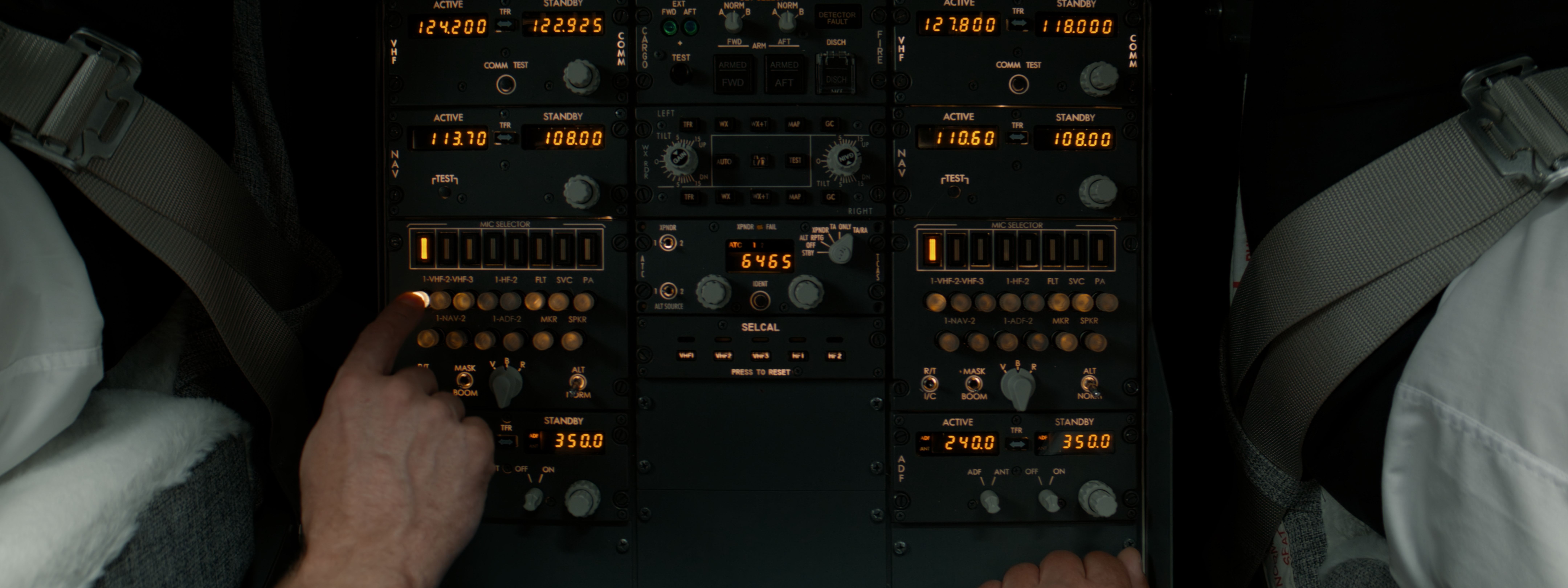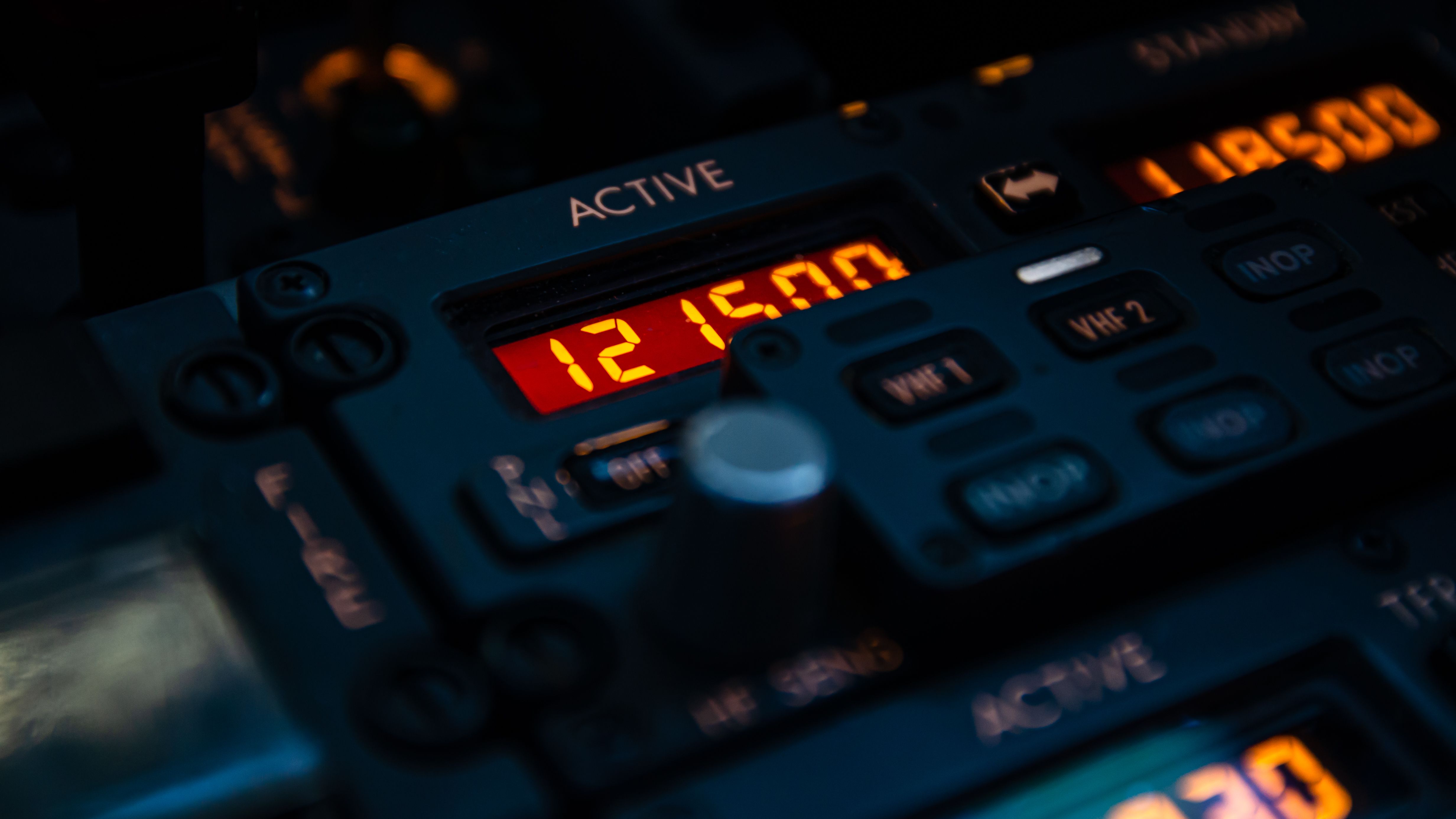Modern radiotelephony systems on aircraft are remarkably reliable. Loss of communication events are usually the result of inattention or inputting an incorrect frequency. When this happens, there are protocols to reestablish communications quickly and without any cause for alarm for controllers and passengers.
Losing radio communication
Lost communication scenarios rarely occur. Every commercial airliner has at least two radios, and many have three or more. For this reason, lost communication procedures are largely scenario-based training events carried out during training for Private Pilots and Instrument Ratings.
The focal points of the training are how to determine the proper route and altitude to fly at. General aviation planes are only required to have one radio, so it's a requirement to ensure pilots understand the legal requirements for operating in a "NORDO," or no radio scenario.
Secondary radio
As mentioned, losing radio communications in a modern airliner is usually the result of an improper frequency change, inattention, or the malfunction of a single radio. If a radio fails and ATC cannot reach an aircraft, they will attempt to reach the pilots on the "guard" frequency, which is 121.5 in the United States.
The standard operating procedure at airlines is to have the second radio tuned to the guard frequency in flight to pick up instructions from ATC if they lose contact with their primary radio. Interestingly, emergency locator beacons (ELTs) transmit on 121.5 as well. Pilots must inform controllers if they hear the unique-sounding squelching of an ELT, as it might indicate that an aircraft is in trouble on the ground.
ACARS
In addition to conventional radios, airlines use a communications data link system called ACARS for routine communications. Used both on-ground and in-air, ACARS allows pilots to communicate with their company dispatchers and obtain weather and flight information without speaking to anyone or tuning into weather broadcast frequencies.
Pilots could use their ACARS system to inform dispatchers and maintenance of a lost communications scenario, which could be passed along to ATC. Dispatchers can also "patch-through" digital calls to the flight deck of most airliners. This works similarly to internet-based voice communications apps, like FaceTime Audio or WhatsApp, and does not rely on conventional radio transmitters.
CPDLC
Another method pilots have for maintaining contact with controllers is CPDLC. Short for Controller-Pilot Data Link Communications, CPDLC is an evolving technology that allows controllers to send messages to pilots without monitoring radios. An air traffic control center can send pilots automated messages regarding speed, altitude, and routing. This message appears on a receiver on the flight deck, and pilots have to send back an acknowledgment with a keystroke or two.
Long-haul pilots have welcomed the advent of CPDLC communications when flying over open water because it has eliminated the need to monitor and check in with communication centers using Ultra High-Frequency channels, which are rather annoying to listen to for hours on end. It will be interesting to see how CPDLC continues to develop. It will be to the benefit of safety, as well as efficiency.
Want answers to more critical questions in aviation? Check out the rest of our guides here.
Given the number of available technologies, it is virtually impossible for pilots to lose contact with ATC. Commercial aviation relies on system redundancies to ensure safety, and radiotelephony is an excellent example of such a system.



